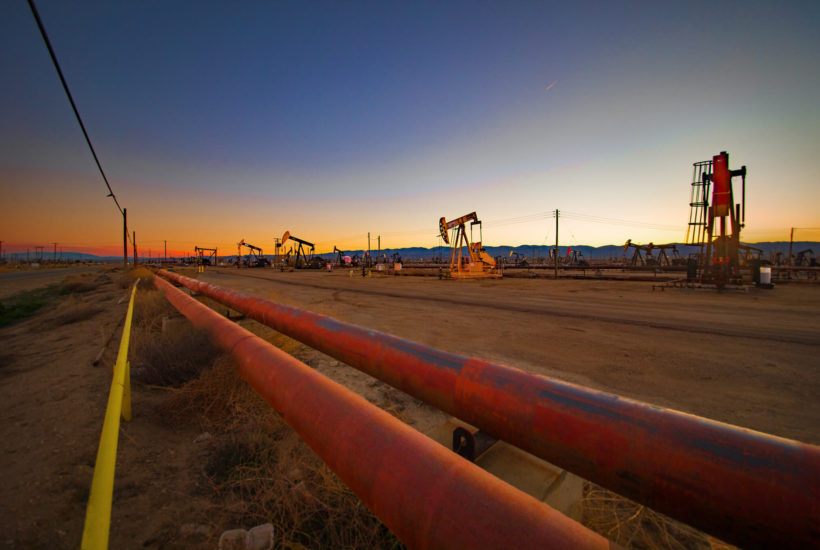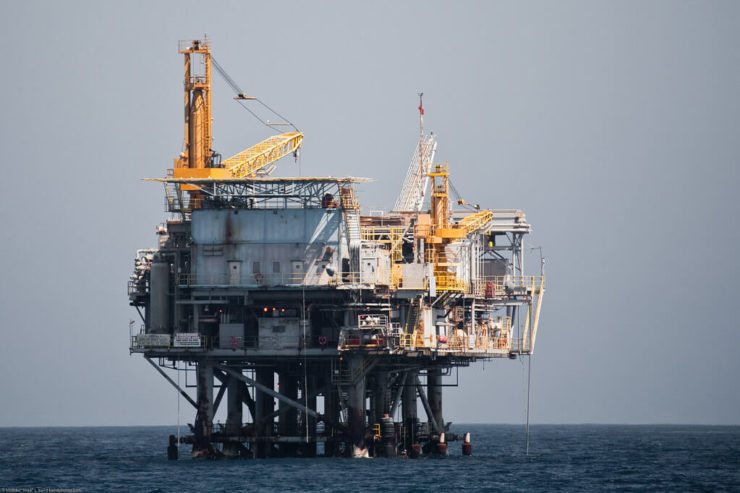Featured
What would happen if Venezuela and the Middle East couldn’t access oil?
The United States continues to pump out record amounts of oil.

We’re hyper-focused on politics at the moment because, well, Trump. If he weren’t the president, with unshakeable support from one faction while inducing loathing from another, then the 2020 election cycle might be a touch less fanatical. But he is the president, and we’ve got Democratic hopefuls pummeling each other as they move to the left, promising many new programs with questionable funding sources.
It’s as if the laws of supply and demand have been suspended.
Maybe they have when it comes to politics, but back in the real world, supply and demand do matter. And this cold reality could put the energy market in the deep freeze over the next 12 months.
Energy on ice
It’s a matter of production.
The International Energy Agency predicted that global oil demand would rise 1.3 million barrels per day (bpd) in 2019, soaking up most of the expected increase in U.S. production. But over the last couple of months, analysts have been trimming their demand forecasts, noting weaker economies around the world. Instead of bumping demand by 1.3 million bpd, we might see an annual increase of just 1.0 million bpd.
And yet the U.S. energy complex continues to pump out record amounts of oil.
In June of 2018, the U.S. recovered 10.6 million bpd, double the amount it produced in 2009. A mere 12 months later, we produced 12.16 million bpd, an increase of 1.56 million bpd, which is more than the entire increase in global demand expected this year.
But there are other factors at work.
Sanctions on oil
While the U.S. has put more oil on the international market, other nations have cut supply, but not by choice.
U.S. sanctions and inept management have cut Venezuelan oil supply from 1.48 million bpd at the beginning of the year to 1.05 million bpd, the lowest level since records began in the early 1970s.
U.S. sanctions have trimmed Iranian oil supply from 3.8 million bpd to 2.37 million bpd over the last 12 months, the lowest daily rate since 1989. Combined, these two countries cut global oil supply by 1.8 million bpd over the last year.

OPEC and the Russian coalition, together called OPEC+, have orchestrated supply quotas to keep oil prices steady in the mid $60s.
International pain points
What happens when fortunes turn for Venezuela and Iran?
Both countries rely on oil exports for hard currency, which is then used to buy food and necessities from other countries. They need to sell as much oil as possible to reverse their terrible economic fortunes. It’s difficult to see how either country would abide by a supply quota when they face such dire conditions at home.
At the same time, U.S. energy production continues to grow. We already produce more oil than at any time in the history of the country. And we are expected to pump around 18 million bpd by 2025.
The laws of supply and demand are clear. Either OPEC+ will have to reduce supply quotas while allowing Iran and Venezuela to pump oil to fund their national budgets. That will essentially cede market share to the U.S. Or the market will be awash in oil, driving prices back toward the lows of the 2010s, just under $30 per barrel.
Neither option is attractive for oil producers. Perhaps OPEC+ splits the difference, allowing some increased production with an equivalent moderate drop in price. However, it still means lower energy prices.
The pain in the U.S. will ripple through the energy industry, driving more producers into bankruptcy. In other countries, the pain will be felt in the government because oil is controlled by nationalized organizations.
There are some caveats
If sanctions against Iran or Venezuela remain in place, then some of their oil production will remain offline. Also, if tensions with Iran escalate, then oil transport through the Strait of Hormuz could be disrupted, which will send prices sharply higher.
But those possibilities seem temporary. The long-term trend is for oil production to outpace demand growth. That’s a situation that should keep prices under control for years to come. And could drive prices sharply lower over the next year.
Don’t be surprised to look away from the political circus one day to find that oil prices have dipped to the $30s.
(Featured image by Rennett Stowe via Flickr. CC BY 2.0.)
—
DISCLAIMER: This article expresses my own ideas and opinions. Any information I have shared are from sources that I believe to be reliable and accurate. I did not receive any financial compensation for writing this post, nor do I own any shares in any company I’ve mentioned. I encourage any reader to do their own diligent research first before making any investment decisions.

-

 Biotech2 weeks ago
Biotech2 weeks agoCAR-T Therapies: From Breakthrough Cancer Treatment to Faster, Safer, and More Accessible Immunotherapy
-

 Fintech5 days ago
Fintech5 days agoPakistan’s Digital Finance Paradox: Growth, Fraud, and the Fight for Trust
-

 Cannabis2 weeks ago
Cannabis2 weeks agoMedical Cannabis in Poland 2025: Growth, Stability, and Wider Access
-

 Impact Investing3 days ago
Impact Investing3 days agoBeyond the ESG Label: Integrating Sustainability for Long-Term Value























